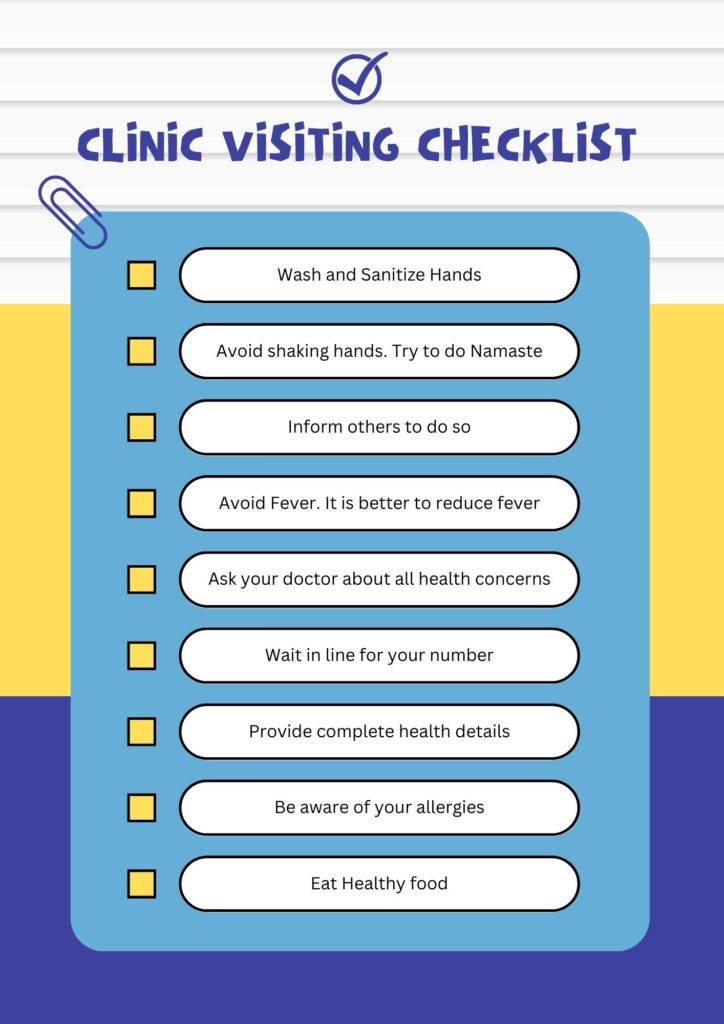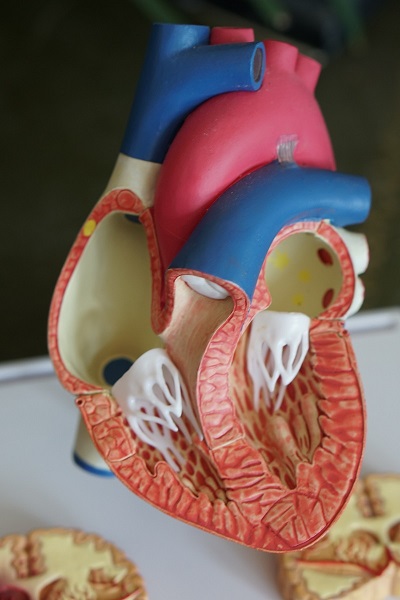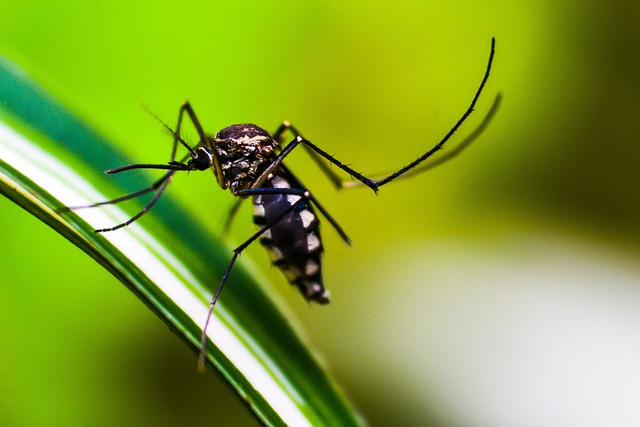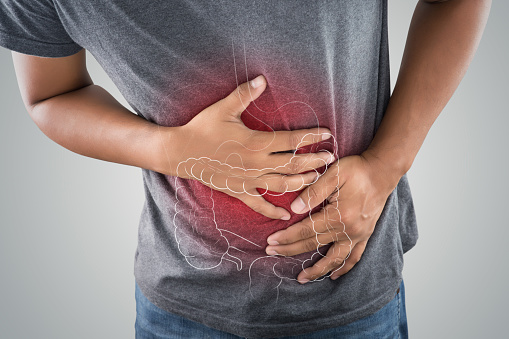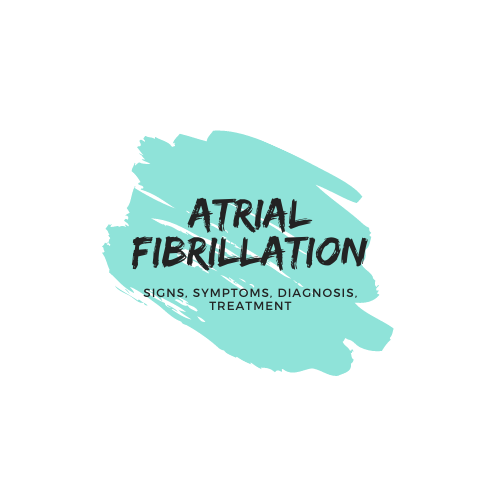
The heart is one of the most important and vital organs of the human body. The heart can be very well compared with a water pump, which pumps water from one place to the other. In a manner similar to the water pump, the heart pumps blood from one part of the body to the other. In addition, the heart changes its function according to the necessity or requirement of the body. So. in this article, we discuss and learn a little bit about the heart.
What is a heart?
The heart is a fist-sized organ situated inside the chest cavity of the human body. It is connected to the two lungs on either side and to the entire body through blood vessels called veins and arteries. The human heart is made up of four chambers. These four chambers are arranged close to each other but separated by valves. The top two chambers are called the atriums and the bottom ones ventricles. The chambers are connected to each other through openings and these openings have valves in them. The left atrium is connected to the left ventricle and the right atrium to the right ventricle. The valves, four in number, are located in-between them. One of them known as the mitral valve is located on the left side and another one, the tricuspid valve is on the right side. The mitral valve is having two cusps in them, whereas the tricuspid valve has three cusps and looks like a fan. the other two valves are the pulmonary valve and the aortic valve.
How our heart functions
In general, the right side of the heart sends or circulates impure blood and the left side pure blood. The right side has connections to the entire body which are called the vena cava. There are two vena cava – the one which comes from above the heart, is called the superior vena cava and the one that comes from parts of the body below the heart is called inferior vena cava. These are essentially pipe-like structures, which collect blood from the whole body. The blood which is deoxygenated or blood that carries waste material is collected into the right atrium and sent to the right ventricle. From the right ventricle, the blood is sent to the lungs for purification.
The right ventricle pushes the blood towards the lungs through what is called the pulmonary artery. From the pulmonary artery, the blood goes to both the lungs, traverses the whole organ, gets reoxygenated and some of the waste products are removed. Here, it is worth remembering that, most of the other waste products from our body are removed through the kidneys and the large intestines. The purified or oxygenated blood now traverses back to the heart to the left chamber through four different veins and they drain into the left atrium. From the left atrium, the blood is pushed down into the left ventricle and from the left ventricle, the blood passes through the aorta, which is the biggest artery amongst all arteries in our body. From there, the oxygen-rich purified blood is circulated to the different parts of the body.
Heart beats
It can be thus seen that the left side and the right side are completely separated from each other under normal circumstances and this is how the heart keeps on functioning right from our birth or even right from the time we were in our mother’s womb and all the way till our last breath. This cycle of pushing the blood from one chamber to the other and from the heart to the body takes less than one second to complete. A healthy heart thus beats anywhere from 60-90 beats per minute. The heart has the capacity of pushing around 70-80 ml of blood per beat. At this rate, it takes the heart 4-5 minutes to circulate the blood once through the entire body.
Sounds of the heart
The heart produces four different sounds, out of which only two are audible to our ears. Very often, we must have heard the lub..dub..lub..dub.. kind of sounds that are our heart produces. These sounds are attributed to the various movements of the heart. The first sound relates to the mitral and tricuspid valves when they open and close allowing the blood to pass through the heart. The second sound is attributed to the opening and closing of the valves in the ventricles allowing the blood to pass towards the body. The third and the fourth sounds, which are related to the opening and closing of the chambers of the heart, are largely inaudible to the human ear.
The concept of blood pressure
Further, the first kind of sound is caused by an increase in pressure on the atria of the heart and which takes about 0.3 to 0.4 seconds for the blood to be pushed from the atria to the ventricles and from the ventricles to the whole body. The second sound or the second phase of the heart takes about half a second in which the blood is collected into the atria and the ventricles at the same time. This leads to the concept of blood pressure. Blood pressure is considered as the pressure at which the heart pushes the blood into the arteries and flows through the whole body. Technically, there can be few more definitions for blood pressure, but this is one definition, which can be understood very easily. Thus it can be seen that the heart works majorly under the force of pressure, the pressure caused by the atrial and the ventricular muscles. These muscles work in a sequential manner and are stimulated by and large by the brain.
The nerve supply to the brain
Further, we will understand the nerve system or the nerve supply to the brain. The nerve supply to the brain happens by virtue of the vagus nerve, which arises from the brain stem. The vagus nerve is the 10th cranial set of nerves that arises directly from the brain and reaches all the way to one point on the heart called the sinoatrial node (SAN). From the sinoatrial node, the nerve fibres traverse further to the AVN, which is also called the atrioventricular node. The nerves travel through the atria in a semi-circular manner covering the whole chamber, stimulating them as the nerve signals pass through.
From the atrioventricular node, which happens to be the centre of the heart, the nerve fibre flows through the lower chamber that is the ventricle and here it is known as the bundle of His. You can imagine it as a thick black cable that has multiple wires inside it to carry the nerve signals. From the bundle of His, the nerves travel further towards the chambers or walls of the ventricles and here they are known as Purkinje fibres. These Purkinje fibres are responsible for stimulating the walls of the ventricles, thus helping to cause the contraction of the heart muscle and push the blood all the way into the body.
This leads to the concept of blood pressure. The pressure at which the heart pushes the blood into the whole body is called systolic pressure. The pressure at which the heart collects the blood is known as diastolic blood pressure. Both these blood pressure have to remain in a normal range so that the body functions in a healthy manner.
The ideal blood pressure
The systolic blood pressure has to be in between 100-140 mm of Hg and the diastolic blood pressure has to remain between 60-90 mm of Hg. This range is known as the normal range, whereas the most ideal number is 120/80 mm of Hg. When the heart functions with this pressure it leads to the proper functioning of the whole body. This is very well supported by the valves in the veins that bring the blood back to the heart and the skeletal muscle which supports the blood vessels to push the blood back and reduce the load on the heart.
In the next topic, we discuss various concerns related to the heart and also electrocardiography.



